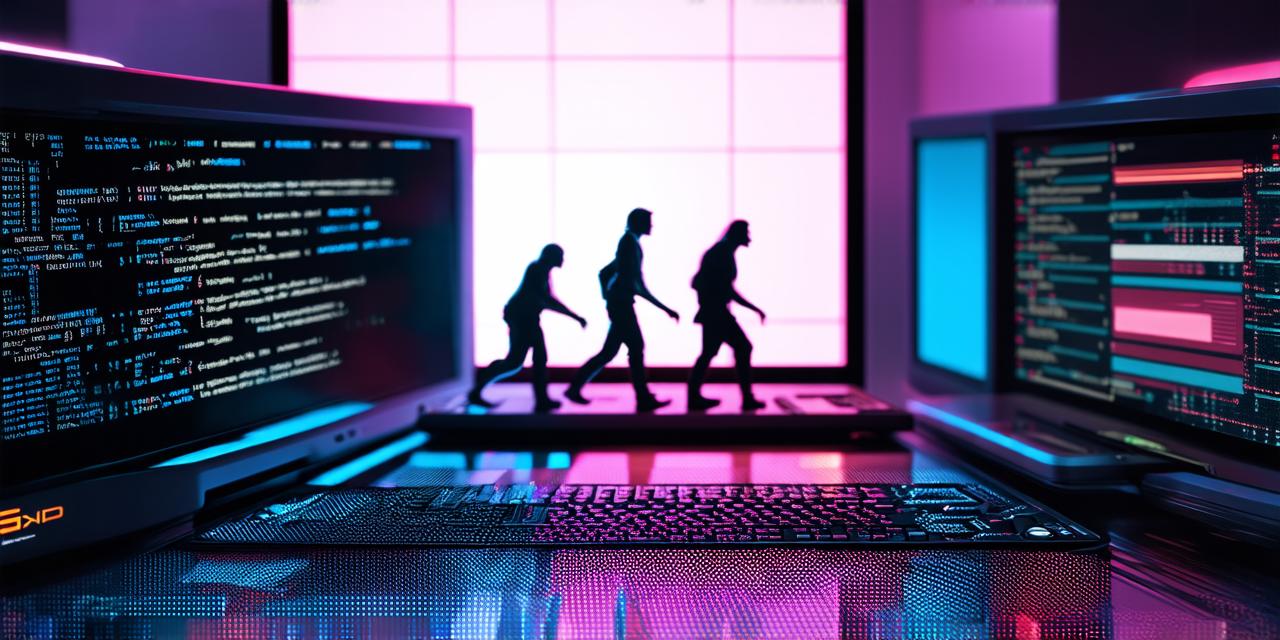Origin of web design
BlogWeb design has always been an important aspect of creating a website or app, but with the advent of artificial intelligence (AI) and virtual reality (VR), it is set to become even more sophisticated and innovative in the future.
AI-powered chatbots and virtual assistants are becoming increasingly common on websites, providing users with personalized assistance and support. These tools can help businesses improve customer service, increase engagement, and drive conversions. For example, a travel website may use an AI chatbot to assist users in booking flights, hotels, and rental cars, providing personalized recommendations based on their preferences and past behavior.
Another area that is poised to have a significant impact on web design in the future is virtual reality (VR). Websites that incorporate VR technology will allow users to explore products and services in a more immersive and interactive way. For example, a furniture retailer may use VR to let customers see how different pieces of furniture would look in their home before making a purchase.
Throughout the history of web design, user experience (UX) and accessibility have become increasingly important considerations for designers. UX refers to the overall experience a user has when interacting with a website or app, including factors such as ease of use, navigation, and functionality. Accessibility focuses on ensuring that websites are accessible to all users, regardless of their abilities or disabilities.
In recent years, there has been a growing emphasis on accessibility in web design, with the development of new standards and guidelines aimed at making websites more inclusive and user-friendly for everyone. For example, the Web Content Accessibility Guidelines (WCAG) provide recommendations for designers on how to make their websites accessible to people with disabilities.
The rise of microinteractions and microanimations is another trend that is set to have a significant impact on web design in the future. Microinteractions and microanimations are small design elements that can have a big impact on user experience. These elements include things like animations, transitions, and other visual effects that add interactivity and engagement to a website or app.
One example of a popular microinteraction is the “like” button on social media platforms. When a user clicks on the button, it provides feedback that their action was recognized and appreciated, which can help to increase engagement and encourage users to continue using the platform. Microanimations can also be used to enhance the overall experience of a website or app. For example, a weather app may use an animation to show the current temperature or conditions when a user opens the app, providing visual feedback that helps them quickly understand the information they need.
The emergence of augmented reality (AR) and virtual reality (VR) is another area that is poised to have a significant impact on web design in the future. AR allows users to overlay digital information onto the real world, while VR creates a completely immersive experience that can transport users to another environment. One example of AR in web design is IKEA’s AR app, which allows users to see how furniture would look in their home before making a purchase. The app uses the camera on a user’s smartphone to superimpose 3D models of the furniture onto the real world, providing a more realistic and engaging way for users to visualize the products. VR is also being used in web design, with companies like Oculus and HTC developing VR headsets that can be used to access websites and apps in a completely immersive environment. For example, a travel website may use VR to let users explore different destinations and plan their trips in a more interactive and engaging way.
In conclusion, web design has come a long way since its early days as static HTML pages. Today’s dynamic and interactive websites are the result of decades of innovation and progress in web technology. As technology continues to evolve, we can expect web design to continue to transform into new and exciting forms that will shape our online experiences for years to come. The increasing importance of user experience (UX) and accessibility, the rise of microinteractions and microanimations, and the emergence of augmented reality (AR) and virtual reality (VR) are just a few examples of how web design is set to continue to evolve in the future.
